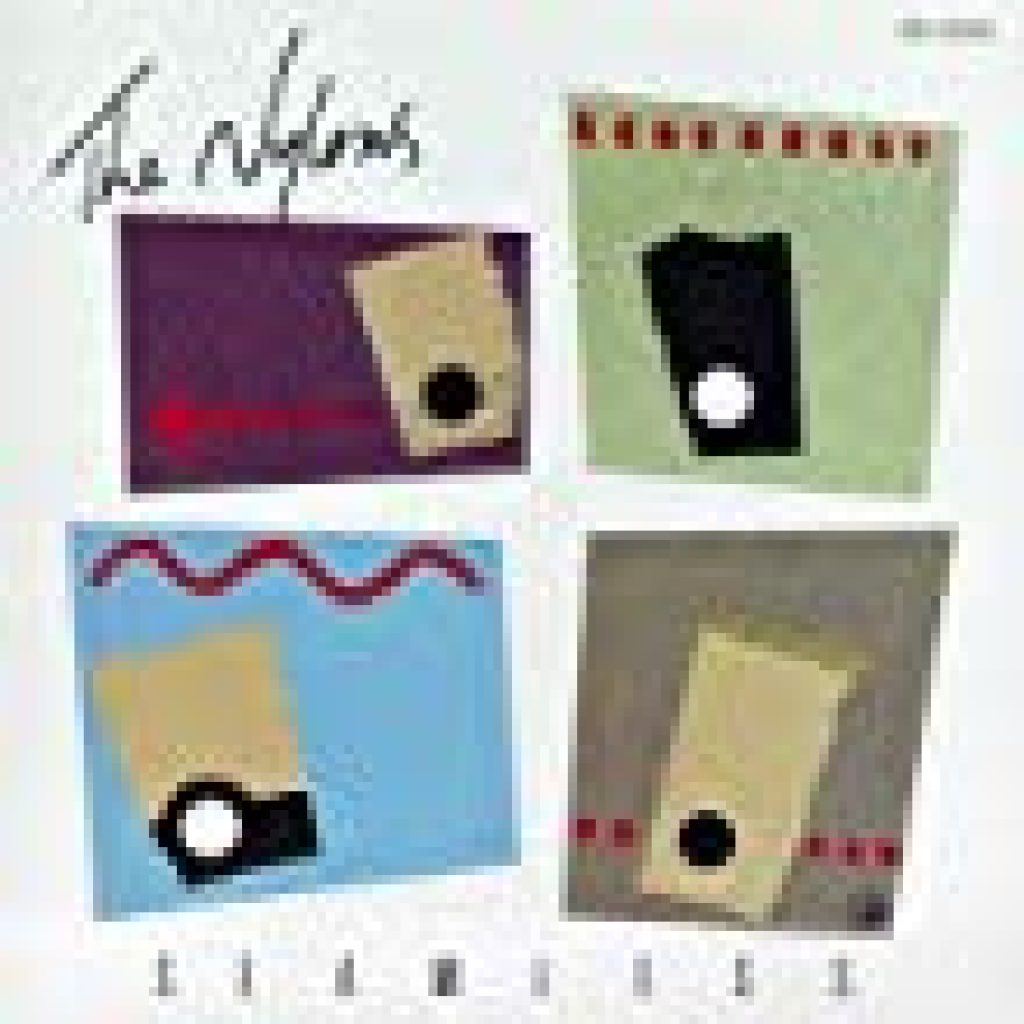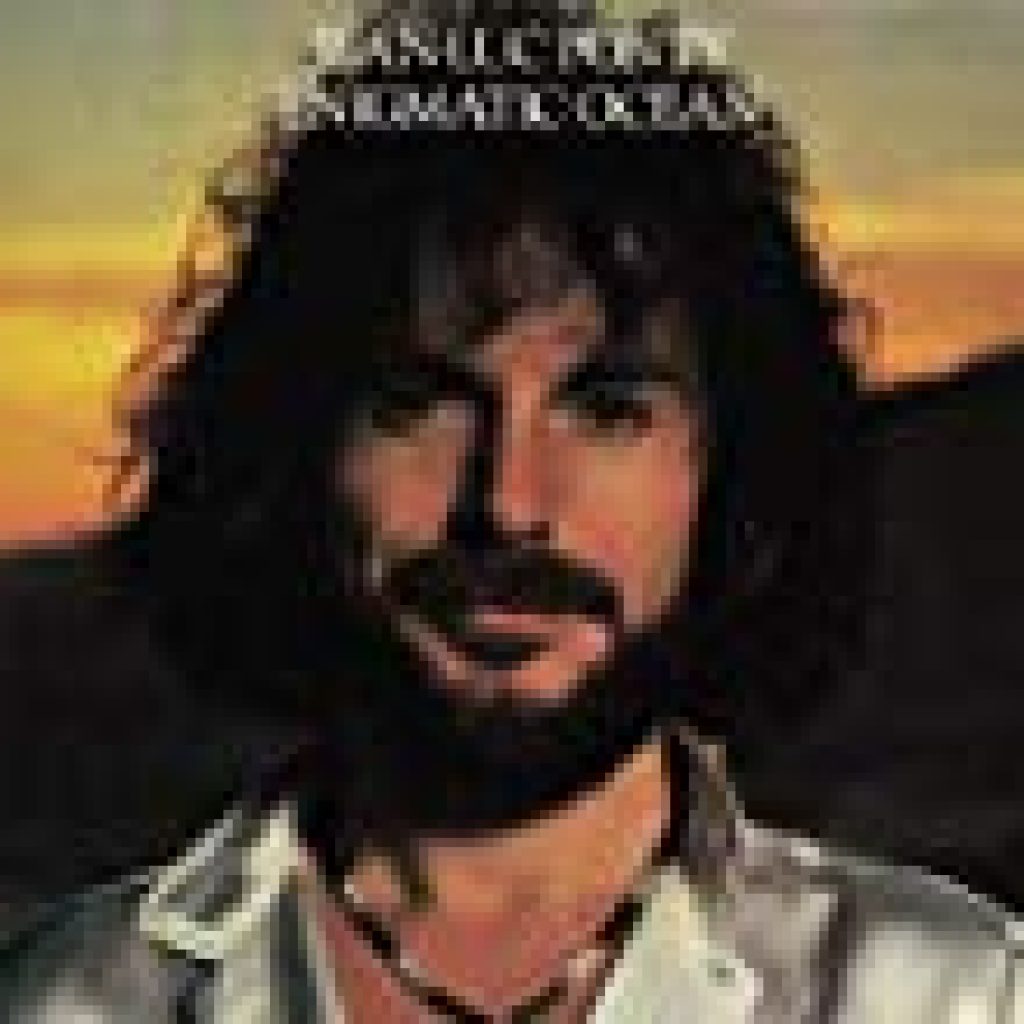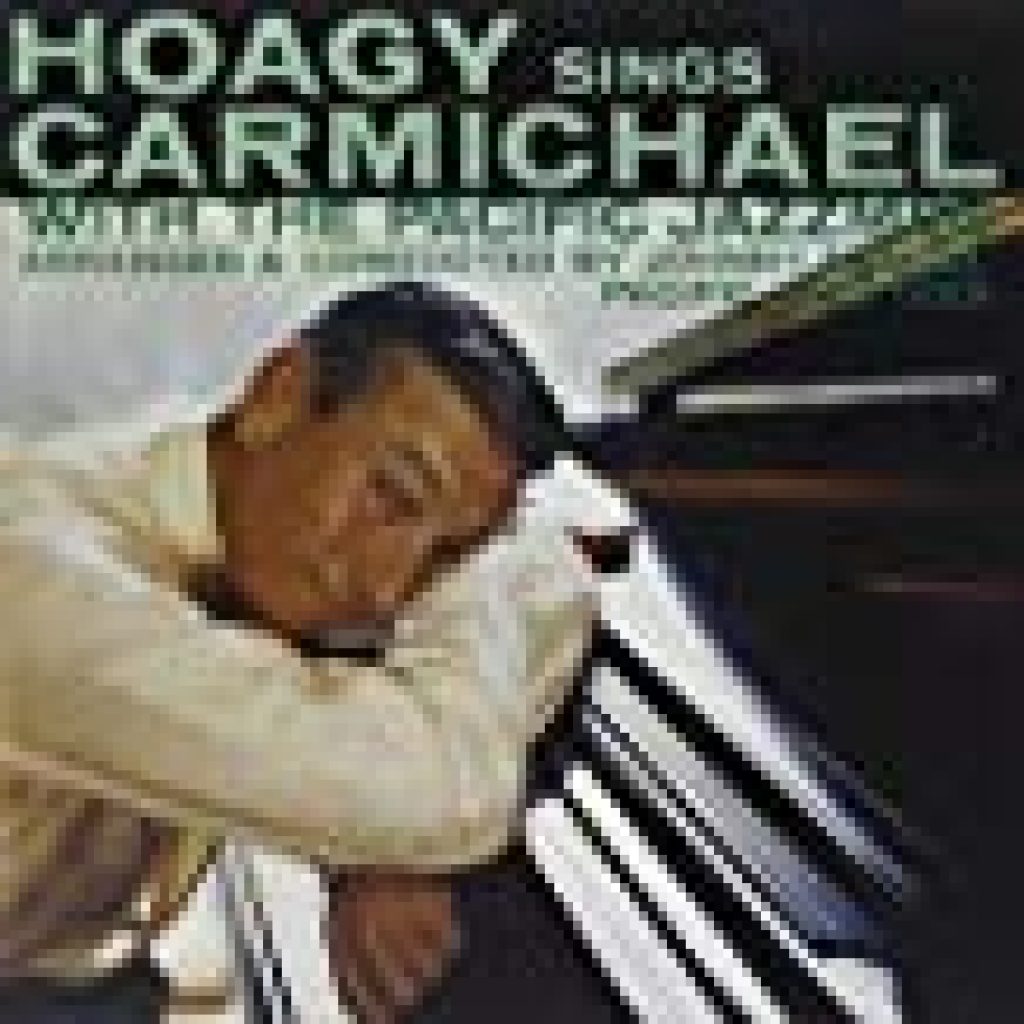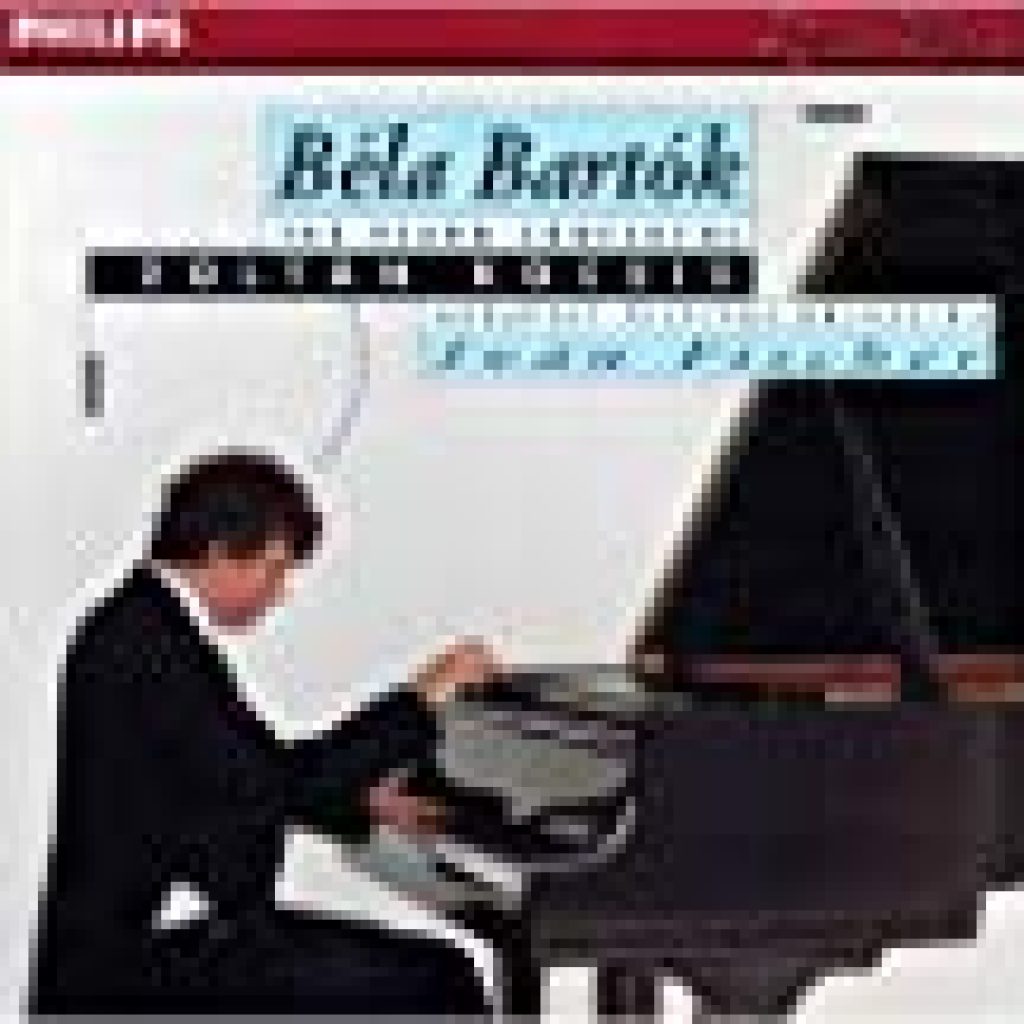Clear Tune Monitors is an Orlando, Florida based Custom IEM manufacturer dedicated to satisfying the wants and needs of music professionals with an eye towards the consumer market. And nowhere is this more obvious that in their new “Vintage” line of Universal IEMs, from the basic look, their design, their sound, down to their basic packaging, CTM reaches out to musicians, engineers and sound men, touching on their nostalgic love of classic instruments and amplifiers in both look and sound.

I received both the VS-3 and VS-4 model IEMs for review, both employing a 3-way crossover, the VS-3 sporting three (1 bass, 1 mid, 1 high) Knowles balanced armature drivers while the VS-4 has four (1 bass, 2 mid, 1 high). At $499.99 USD and $599.99 USD, respectively, they are priced in line with most pro-audio Universal IEMs. They come in four colors; Black, Red, Pink and Blue, that being the classic car/guitar colors of the 50s and 60s; Fiesta Red, Shell Pink and Daphine Blue. Even the VS logo smacks of that classic love affair between the automobile and musical instruments of the era.

The Presentation:


The CTMs came packaged in boxes styled to look like vintage guitar amps, the VS-3 styled after a classic Fender Tube Amp whereas the VS-4 had a more Danelectro feel with little windows to reveal the IEMs and the different tips. Packed into the foam insert were three sizes silicone ear tips, three sizes memory foam ear tips, a 3.5mm to ¼” adaptor, a cleaning brush, an instruction booklet and a hard shell zippered case which included a cutaway foam insert and a pair of double flange silicone ear tips. The IEMs themselves were very attractive, with that 50s futuristic art deco look, the VS-3s were black and chrome and the VS-4s were Daphine blue, chrome and black putting me in mind of old Strats and Telecasters, and classic 50s Bel Airs and Cadillacs.
The Performance:
I began my listening tests using my desktop rig, the Questyle Audio CAS192D DAC and CMA800R Headphone amplifier. My first task to determine which tips worked best, and much to my surprise it was the double flange tips, as I usually don’t like these, but they gave the most reliable seal and best sound.

Initially it was a matter of comparing the two models. As one would expect from a studio IEM they have a rather neutral tonal balance with the VS-3 having a slight nod to the low end while the VS-4 unsurprisingly exhibited a lot more presence, giving it that mid 50s rock & roll sound they were going for. The VS-4 seemed to favor live music as demonstated by listening to “Izabella” from Jimi Hendrix’s Woodstock Two performance (16/44.1 kHz), making everything sound a bit more live, bringing out the vocals and the slight reverberation of the outdoor venue, as well as the aggressive guitar tones, in a front row experience. The drums impactful and precise with a positive snap. On the other hand the VS-3 offered a more laid back interpretation, with a studio vibe, the bass upfront and the guitar and drums farther back.

With The Nylons’ rendition of “The Lion Sleeps Tonight” (Seamless – 16/44.1 kHz) the VS-3 fed up a huge soundstage, the basso up front with the drum machine and the sopranos away far in the back and the tenors, the altos falling in the middle. The VS-4 gave if anything an even larger soundstage, allocating the drum machine a more appropriate location farther in the background, while the basso remained slightly forward and the soprano in the distance.

Switching to the FiiO X7mkII the VS-3 really came into their own with the 80’s pop sound of “Mirage” by Jean-Luc Ponty (Enigmatic Ocean – 16/44.1 kHz), with the bass brought forward to create that pulsating club feel, while the VS-4 evoked a mellower more expansive vibe of a larger auditorium.

Again, the VS-4 scored well with older recordings like Hoagy Carmichael’s “Lazy River” (Hoagy Sings Carmichael – 16/44.1 kHz), the upright bass given just the right amount of de-emphasis to make it sound real, rather than the almost electric sound offered by most IEMs. The big band orchestra treated to that classic Hi-Fi presentation with a large airy soundstage and just the right edge to the brass, with Hoagy’s crooning baritone center stage.

Stepping up to my new reference DAP (the Questyle Audio QP2R, the best got better, quite a bit better actually), I turned to Yoko Kano and the Seatbelts’ “Piano Solo [Live]” (Cowboy Bebop [Original Soundtrack] – 16/44.1 kHz) for a dinner theater rendition of a rich Baldwinesk piano, the VS-4 clearly enjoying the higher current and tube like clarity of the current mode amplifier.

Returning to Rock, I cued up “Sister Seagull” by BeBop Delux (Live in the Air Age – 16/44.1 kHz) for a time travel trip down memory lane to 1977, front row balcony seats at the Shrine Auditorium. The energy and dynamics of Bill Nelson’s epic guitar work totally captured by the CTMs, while the rest of the band were clearly rendered as individuals, not just a wall of sound.

It was time to break out the phone (Samsung Galaxy J3) and test the CTMs there, and they exceeded all expectations. Both models were very forgiving of the phone’s slightly dry soundstage and rather anemic power reserves rendering perfectly acceptable delivery of Emerson, Lake & Palmer’s “Lucky Man” (ELP – 24/96 kHz), with the VS-4s elucidating the three separate guitars quite clearly.

Which left only the SOtM sMS-200 Music Streamer, sHP-100 DAC/Headphone Amplifier and sPS-500 Power Supply combination as a final source test. To explore the CTM’s handling of classical orchestral music I selected Béla Viktor János Bartók, specifically his Piano Concerto Number 3 as performed by Zoltan Kocsis and Iván Fischer with the Budapest Festival Orchestra (Béla Bartók The Piano Concertos – 16/44.1 kHz). In this case the VS-3 won out, while the VS-4 offered a larger soundstage, the VS-3 was simply more musical, well able to control the occasional stridency of the piano. The tonality of the brass, reeds, flutes and strings was very natural and articulate.
The Pronouncement:
Clear Tune Monitors know their stuff and know their audience. Appealing to musicians and members of the music industry who pine for the lush sound of the pre-digital days of the 50s and 60s, while providing the unvarnished detail necessary to the studio, the VS-3 and VS-4 IEMs have clearly achieved their goal. My only regret is that I didn’t have a tube amp at the moment for testing, as I believe that’s what the CTMs are truly looking for.
Both models provide a fairly neutral tonal balance, with a relatively large soundstage. The VS-3 will entice lovers of modern music who want that club sound with a strong bass line. And as mentioned above, classical music fans will probably gravitate towards them. For those with a passion for that live stadium experience you will most likely prefer the VS-4.
In any case, you will need a pair for when you visit classic car shows to exhibit solidarity with your peeps. As a mid priced studio oriented IEM, the CTMs are extremely competitive and definitely worth a listen, and heartily receive my recommendation.
https://www.cleartunemonitors.com/
Specifications:

VS-3
Price: $499.99
https://www.cleartunemonitors.com/product_detail/160/VS-3/
| Input Sensitivity: | 124dB-SPL @ 1mW |
| Freq Response: | 20 Hz to 16 kHz |
| Speaker: | Triple Balanced Armature |
| Impedance : | 20 ohm @ 1 kHz |
| Noise Isolation: | -26dB |
| Input Connector: | 1/8 (3.5mm) |

VS-4
Price: $599.99
https://www.cleartunemonitors.com/product_detail/161/VS-4/
| Input Sensitivity: | 119dB-SPL @ 1mW |
| Freq Response: | 20 Hz to 16.5 kHz |
| Speaker: | Quad Balanced Armature |
| Impedance : | 18 ohm @ 1 kHz |
| Noise Isolation: | -26dB |
| Input Connector: | 1/8 (3.5mm) |















Want to join discussion?
Feel free to contribute!